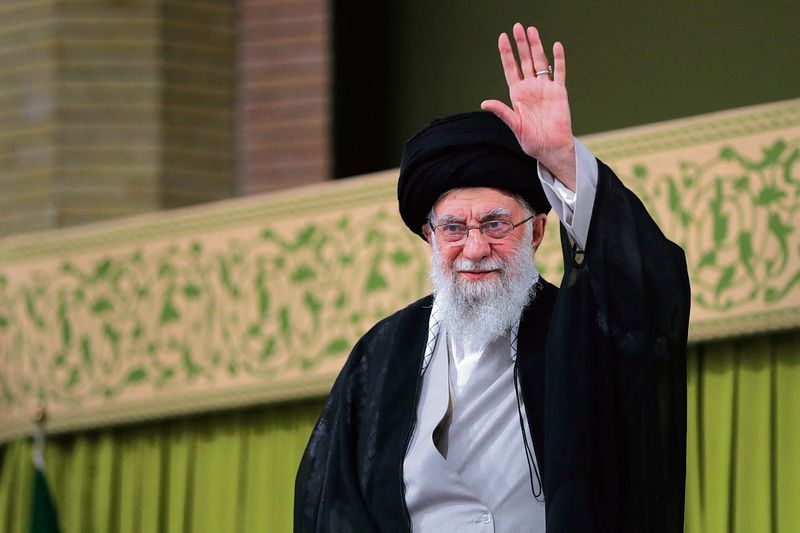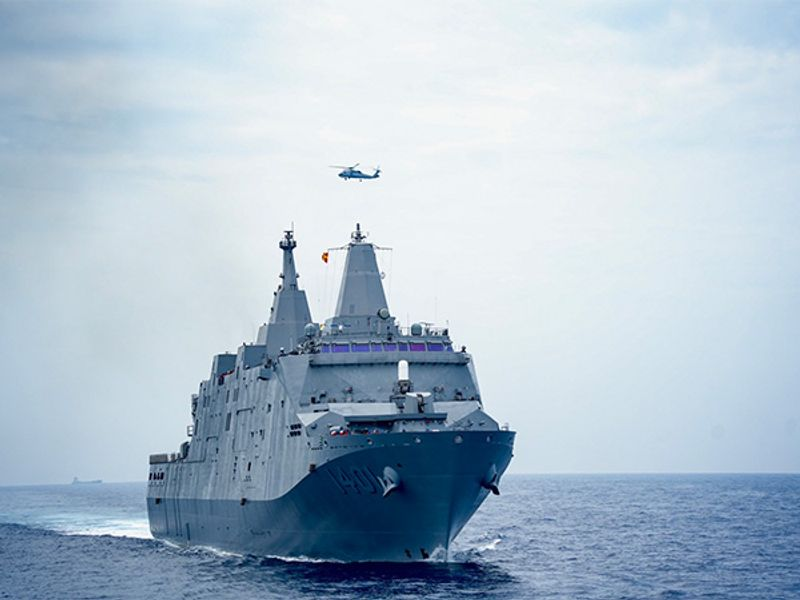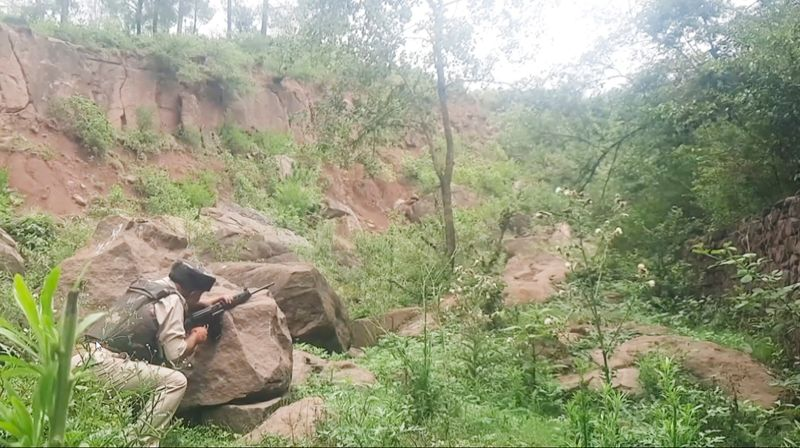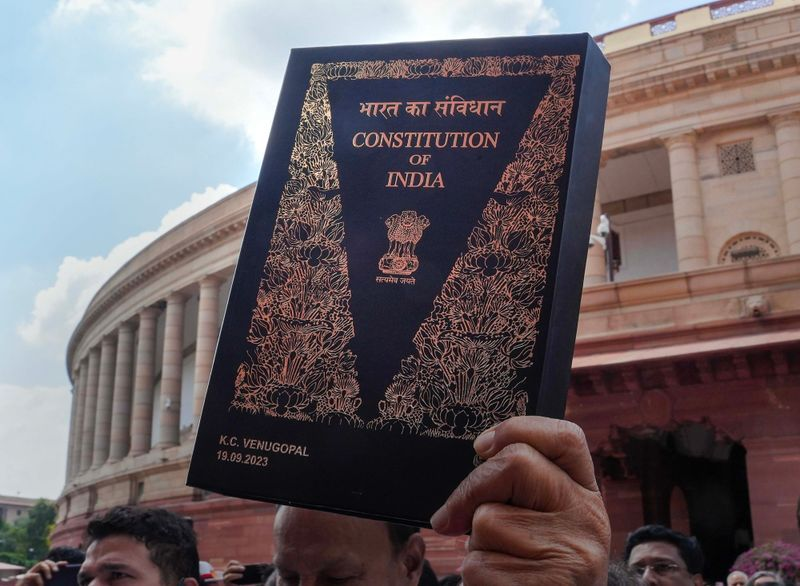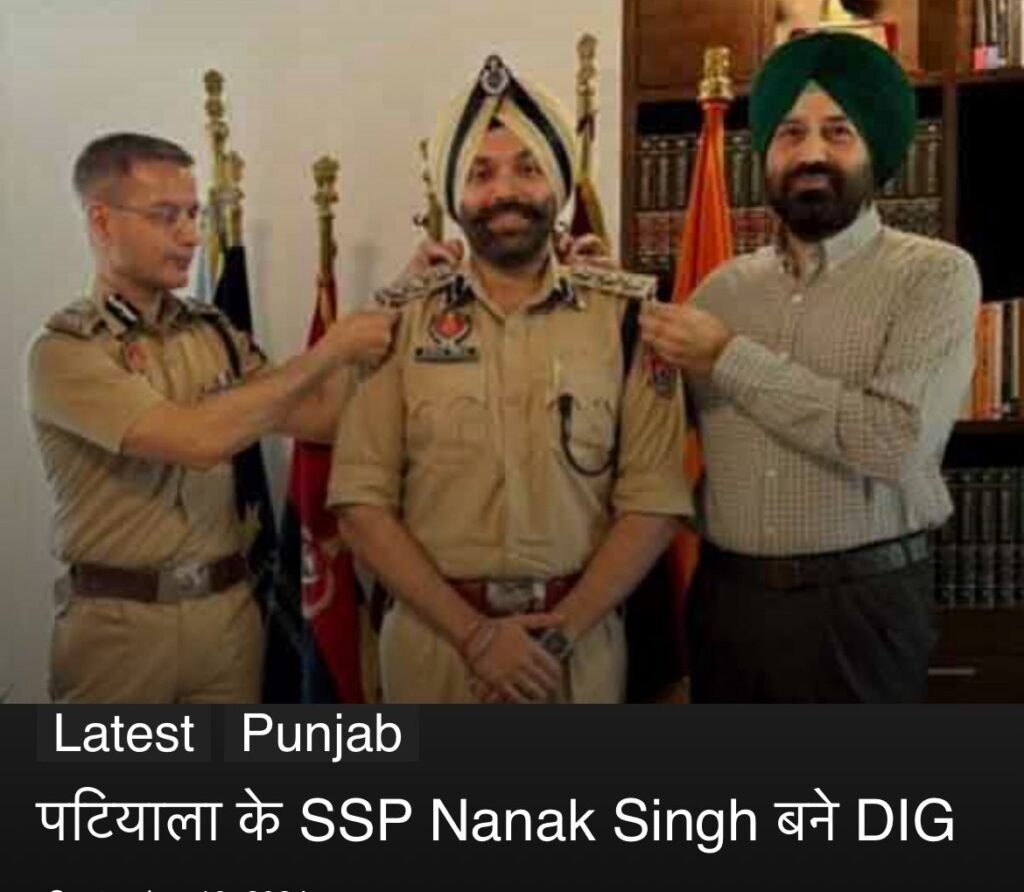Major Syed Moiz Abbas Shah, 37, was killed on Tuesday in a clash with the Taliban militants in the Sararogha area of South Waziristan near the Afghan border

n officer of the Pakistan Army’s Special Services Group, who had claimed to have captured Indian Air Force pilot Abhinandan Varthaman after his jet was shot down in a dogfight in 2019, was killed in a clash with the Taliban militants, according to the army.
Major Syed Moiz Abbas Shah, 37, was killed on Tuesday in a clash with the Taliban militants in the Sararogha area of South Waziristan near the Afghan border, according to a statement by the Inter-Services Public Relations (ISPR), the media wing of the army.
Lance Naik Jibran Ullah, 27, was also killed in the same battle, it said.
The army troops killed 11 terrorists belonging to the Tehreek-e-Taliban Pakistan (TTP) and wounded seven others in the same operation, the statement said.
Moiz’s funeral prayer was offered at Chaklala Garrison, Rawalpindi, and army chief Field Marshal Asim Munir attended it.
“Major Syed Moiz Abbas fought bravely in the face of resistance and ultimately laid down his life in the line of duty, upholding the highest traditions of bravery, sacrifice and patriotism,” the ISPR statement quoted Munir as saying.
His body was flown to his native home town of Chakwal in Punjab where he was laid to rest with full military honours.
He was commissioned into the Pakistani Army in 2011. However, he later became part of the Special Services Group (SSG) and was currently serving in the volatile Waziristan region.
After his death, it turned out that he was the same officer who had captured Abhinandan and saved him from mob violence, local media reported.
An old clip of his interview with Geo TV on social media shows Moiz, who was captain then, giving details of capturing Abhinandan.
The TTP, also known as the Pakistan Taliban, was set up as an umbrella group of several militant outfits in 2007. Its main aim is to impose its strict brand of Islam across Pakistan.
The group, believed to be close to al-Qaeda, has been blamed for several deadly attacks across Pakistan, including an attack on army headquarters in 2009, assaults on military bases, and the 2008 bombing of the Marriott Hotel in Islamabad.
Pakistan describes TTP as ‘Fitna al-Khawarij’, a reference to a group in earlier Islamic history which was involved in violence.











